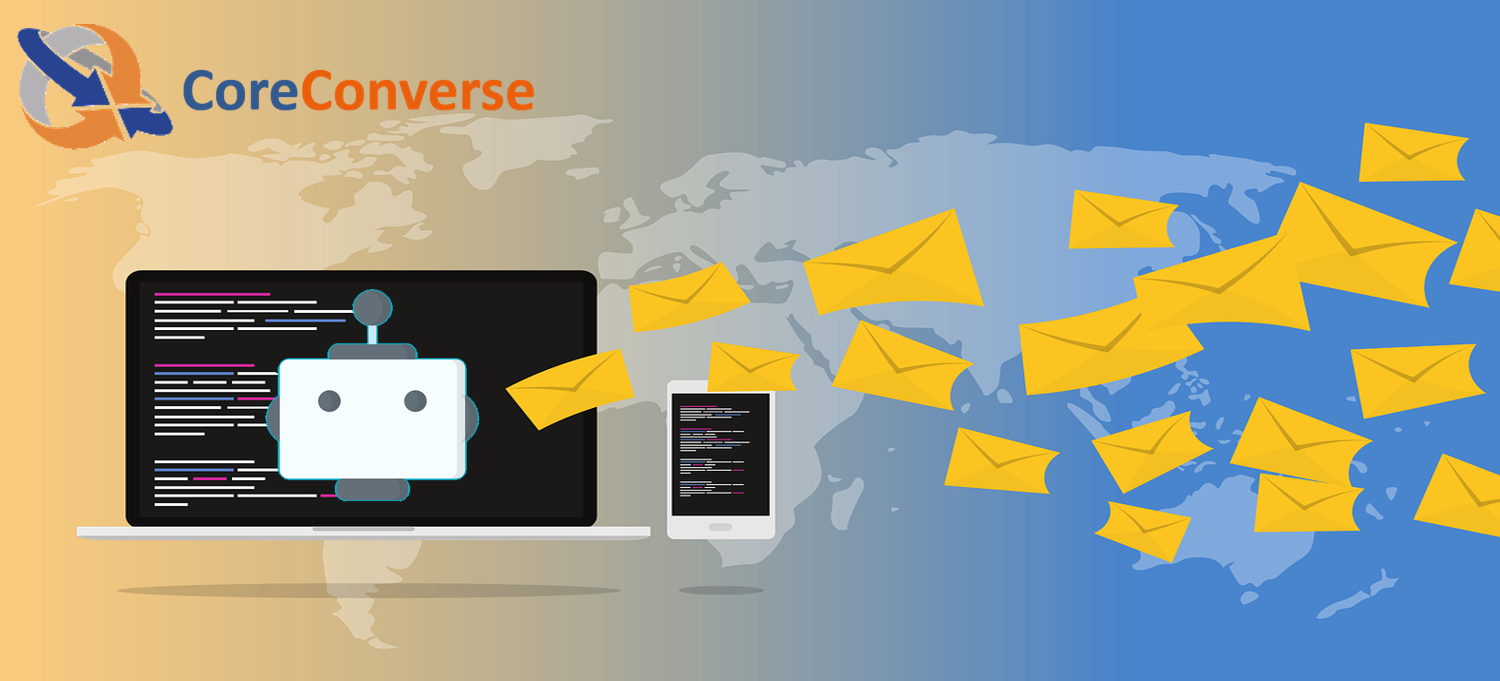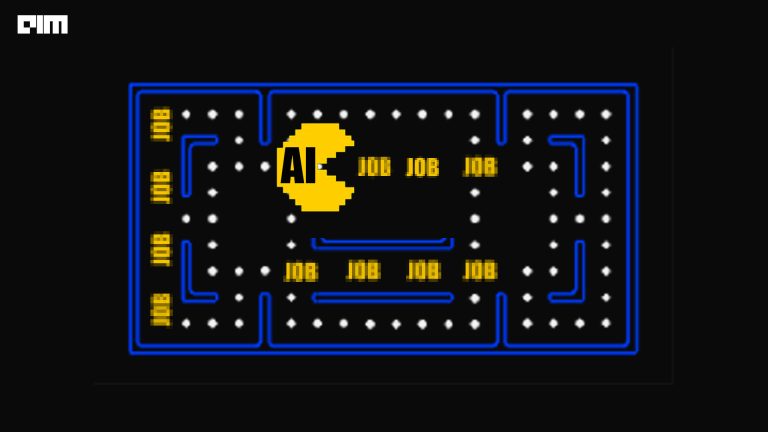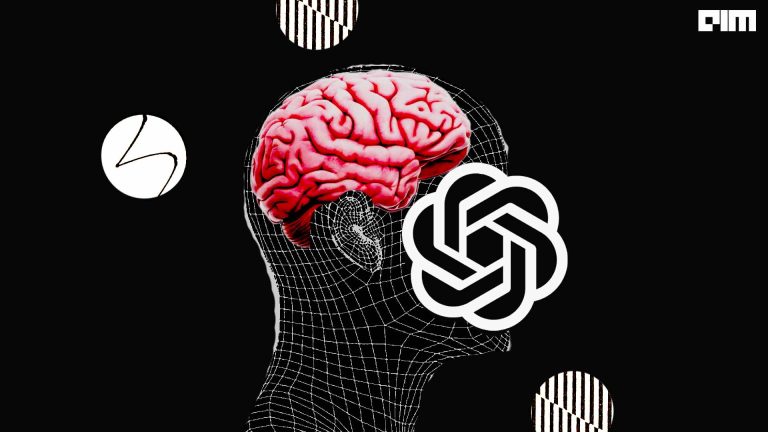Max life insurance has an active base of 4 million customers with ~ 8 lakh new policies being sold each year, and the customer base is growing at a high rate of ~20% YoY. A large base of our active customers writes to us in the form of emails on issues ranging from policy-related enquiries, policy clarifications, policy issuance status, dispatch status, updating of policy information and new service requests. On average, Max Life receives around 60K emails per month, and these are responded to by a dedicated email response team (email desk) which is a part of the customer service department.
Due to a large number of email volumes, the current email response team requires a team of 50-75 dedicated personnel to look into, queuing and the response of emails based on manual review of each email. Moreover, the response process itself becomes complex and requires queuing, scheduling, validating information and processing at back end workflow systems to ensure accurate and timely response basis the complexity of query raised by the customer. This complete process with a dedicated email response team involves high operational costs. As a result, we are experiencing increased response TATs with increasing email volumes, adversely impacting the customer satisfaction measured through NPS (Net promoter score).
The Solution
In order to address the above problem, we have developed an AI solution (Core-Converse) leveraging an integrated NLP engine that automatically understands the customer query by reading the emails, identifies the intents and provides upfront resolution to the customer query. This AI platform is an end-to-end integrated to max Life core systems such as back end policy application, website and other customer-facing chatbots. This enables the platform to automatically identify the customer, conversation history, validate customer information, extract the relevant information required for customer query and send it back to the customer as an email response. Furthermore, apart from responding to the customer queries, the platform also manages the complete email workflow by scheduling and queuing the responses to ensure the minimum possible Turnaround time for resolving these queries.
Currently, the Core-Converse AI platform handles 50% of customer email queries automatically with a 90% accurate response rate (10% of responses go for manual review)/ From a coverage perspective, the platform covers the complete email cycle for 70% of different types of customer queries for which customers write to us. For the remaining 25% queries, which are quite complex in nature, such as those related to policy surrender or a combination of multiple queries which a customer has raised in 1 single email, the platform creates a response that is currently being reviewed manually and then sent to the customer. With ongoing enhancements, we are aiming to make the NLP engine sharper to handle more than 90% of customer queries automatically through the platform.
This has enabled us to reduce the email desk cost by almost 30%, reduction in average TAT by 90% along with improving our customer NPS by ~1%
How it works
The below diagram represents the overview of the process handled by the Core-converse platform.
The process starts with receiving the email sent by the customer. Once the email is received, the validation engine program identifies and matches the customer’s email id by searching it in the registered customer information. If the email id is recognized as one of the existing customers, the email goes through the core NLP engine, which identifies the intent of the email. (what information is the customer looking for).
In order to resolve the customer query, the engine extract relevant information from the email text, such as policy number, customer number and other required information inputs, e.g. If a customer is looking for a policy renewal payment receipt as an intent. These inputs are then supplied to Max Life core applications to get the information required to resolve the customer query through various integrated API calls. Once the response information is received, the platform integrates it in a customized response email template and sends it back to the customer. The core converse platform automatically performs these steps handling the end to end email receive-response process.
The complete platform is deployed on the cloud leveraging both AI and deployment tool stack of AWS and Google cloud components. The following figure shows the technical architecture of the solution.
Architecturally, the entire platform is divided into two main parts — The Email Workflow system & the Core AI engine.
Email Workflow system —
The main purpose of the email workflow system is to identify and validate the sender by fetching information from various source systems. By using the inputs from the core AI engine, it automates the complete email process. Once the email arrives, the core NLP engine extracts information such as email id, domain name, policy number and intent of the email.
The workflow system is connected with MLI source systems via APIs to validate the identity and fetch all fulfilment related data. With input from the core NLP engine, it validated the customer identification through the policy number and registered email id, along with fetching the required customer information/data and supplies back to the core NLP engine for creating the response.
During the validation process, the workflow component also identifies if the customer has sent repeated emails for the same issue, if the email is marked to other specific email ids indicating an escalation and if the sender requires any generic information, such as office address, office contact number etc. Such intricate information enables appropriate scheduling and prioritization of response in the email response queuing.
Core AI (NLP) engine —
The core component of the platform is the NLP driven AI engine. This is primarily to understand the email content through NLU and extract the customer intents and other relevant information. The engine leverages Dialogflow as the core NLP engine. It is wrapped with a custom layer of pre-processing engine deployed over AWS Lambda, which works as a closely-knit unit to comprehend customer intents from the email body and responds back to the CoreConverse workflow with the identified intent(s). In order to overcome the limitations of the number of characters that can be processed by Dialog flow, there is a custom trained model to break the large emails into smaller excerpts so that all emails can be processed. Before the identification of the intents by the core engine, this custom trained model breaks the email into contextual excerpts and sends each of these excerpts to the Core NLP engine, which responds back with the customer intents, which are again consolidated and cleaned up to identify any multiple intents and remove any repetitive intent. During this extraction process, the model performs topic modelling by identifying the part of speech, lemmatization, spelling correction, word similarity and frequency analysis.
The platform uses a comprehensive tech stack. Along with the Google Dialog flow NLP engine, the custom model is built in python. The platform front end has been developed over ReactJS, and a range of handlers, reporting services, workflow –task – decider services, pooling and forwarding services have been used for deployment on AWS cloud. In addition, Netflix persistence has been used to maintain the stake of workflow.



















































































